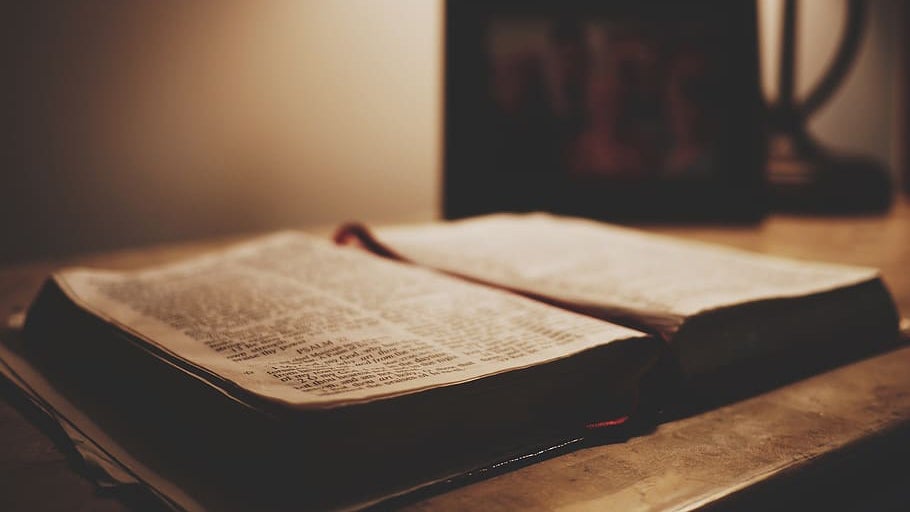Wandering in Chile and Peru
Published 7:06 pm Tuesday, January 7, 2020
When my editor told me he was enjoying my son’s travel stories, I thought, that’s good, because I’m hoping to pull a couple more out of him over the holidays. And so I did. First up, his take on a few-days stay in Chile and Peru.
As usual, he starts out by describing the view from his plane’s window.
“The neat thing about most South American capitols that I’ve visited is they were surrounded by the Andes Mountains,” he tells me. “Santiago was no different. From the plane it looked like a little oasis in the middle of all the snow-capped mountains.”
Then there was a quirky thing that happened when they landed. Before they could exit, the pilot made everyone sing “Happy Birthday” to one of the passengers.
“Of course, they were singing in Spanish, so I just tried to follow along.”
But the tune, it’s universal?
“Sure is.”
The wanderer admits he arrived on the Chilean scene with very little knowledge of anything there, but he left with a “pretty good grip on Santiago.” That’s probably because he got to spend a day with a friend/personal tour guide named Darwin he met while snorkeling with manta rays in Bali. (Did I mention my son is an extrovert?) Darwin grew up in Chile, and he and his wife are current residents there. So he cleared a day on his calendar to educate Son No. 3 on Chile’s history and way of life.
Darwin also introduced him to some traditional foods at one of the oldest restaurants in Santiago, a place called El Hoyo. He tried “a rib that was not like a barbecue rib, just kind of a baked rib” and some “authentic bread.” Then they had Chilean ice cream and real-deal Chilean coffee.
Moving on from dietary concerns, he tells me almost everyone in Chile has tattoos, even the kids. Tons of tattoos. Then he gets geographical, saying it’s a large country with varying climates: “Where I was, it was desert climate, with lots of smog and dust. The smog was very visible during the day, so it was hard for me to get good overlook pictures, drone pictures.”
His big Chile takeaway? It’s more modern than the rest of South America.
“Like the police cars — they drive Dodge Chargers. That was a first time I’d seen a Dodge Charger in all of the countries I’d been to. The crosswalks and the parks are much better. There’s less of a homeless population. Chile is so far south that it seemed they weren’t affected by the Venezuelan migration, and they have a strict immigration policy as well.”
Next on his itinerary was Peru. By all accounts, Lima was a dangerous city. “When I checked in to my hostel, they handed me a printed map. It outlined the sketchy parts of Lima with the term ‘sketchy’ literally printed on parts of the map, which was at least 80 percent of the city. They also informed me that the Uber was the only safe way to get around because taxis can’t be trusted.”
Yeah, he texted me a picture of that map. “Sketchy” spelled out plain and clear. Just what every mom wants to see.
But he did venture out to the 20 percent’s safe area and saw a strange contrast on the streets — “lots of police, heavily armed police” and “lots of PDA, tons of PDA.” Regarding the open affection, Peruvians told him it’s due to the bad economy. “Most of the kids ended up living with their parents until late in their 30s or 40s.” Hmmmm.
And while the Philippines had the worst traffic he saw during his travels, he acknowledged Peru ranks on up there. “One of the things I noticed is each country treats the horn in a different way. Vietnam is big on honking. Thailand is big on honking. Philippines is big on honking. Malaysia? Don’t honk. You’ll get fussed at if you honk. In Burma, don’t honk. In Australia, don’t honk.”
And Peru?
“Big horn country. They love hitting the horn, but it’s not necessarily a rude thing. It’s just a way of alerting people that you’re there.”
Lima was filled with Venezuelan refugees, so he tried to hear some of their stories. One girl worked at an ice cream shop 12 hours a day, seven days a week and she hadn’t had a day off in over a month. She was 19, making money to send back to her family.
The other worker was with her parents, but her brother was still in Venezuela and they were trying to get him out. Both girls expressed hope that America would eventually “fix” Venezuela.
“They’re just waiting on America to intervene,” he says with a perplexed look on his face. “I heard that in other parts of the world, too. In Indonesia — earthquake recovery is a problem the U.S. will handle. The Philippines’ economy struggles are a U.S. problem. Australia’s trade deals, New Zealand’s trade deals — U.S. problems.”
Kim Henderson is a freelance writer. Contact her at kimhenderson319@gmail.com. Follow her on twitter at @kimhenderson319.





